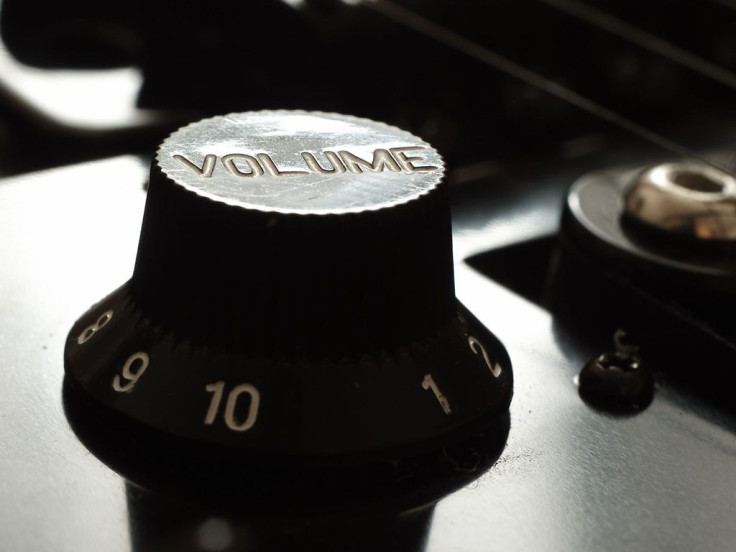Men With Small Testicles Overcompensate By Showing That They're Louder Than The Rest

We’re not saying you have to like the guy who’s always shouting until he’s red in the face, but after reading about this recent study, you might feel a little bad for him. Researchers from Cambridge University recently identified an evolutionary trade-off in Howler monkeys linking vocal capacities and testicle size, and found that our monkey cousins with the loudest calls usually have the smallest balls.
An evolutionary trade-off is essentially when one species is forced to overcompensate in developing one trait as a result of the underdevelopment of another. In nature, large and ornate physical features in males, such as the peacock's tail or deer's antlers, often result in compromised reproductive traits.
"In evolutionary terms, all males strive to have as many offspring as they can, but when it comes to reproduction you can't have everything," said lead researcher Jacob Dunn, as reported by US News & World Report. "When males invest in large bodies, bright colors, or weaponry such as horns or long canines, they are unable to also invest in reproductive traits."
While this may not sound like breaking news, Dunn and his team were the first to observe this type of evolutionary trade-off also existed in vocal capacities, for Howler monkeys at least. The male Howler monkey uses its impressive voice in order to get the attention of prospective mates. According to National Geographic, at only 15 pounds, the howler monkey is by far the loudest animal on the planet and has a cry that can be heard from up to 3 miles away. What Dunn noted was that there was a clear relation between the monkey’s ability to have a loud cry and the size of its testicles. Monkeys that lived in large groups with other males tended to have smaller vocal cords but bigger testes, whereas male Howler monkeys that lived on their own had larger vocal cords but small testes.
"It may be that investment in developing a large vocal organ and roaring is so costly that there is simply not enough energy left to invest in testes," Dunn explained in a video released on the study. "The larger the throat, the smaller the testes."
This evolutionary trade-off between vocal investment and sperm production was specifically seen in the Howler monkey, but that’s not saying this same acoustic trade-off may not exist in humans as well. Such a correlation between small testicle size and increased vocal investment may suggest that men who are easily prompted to shouting and yelling may be overcompensating for having small testicles and decreased reproductive abilities.
This isn’t the first time that testicles have suffered as a result of an evolutionary trade-off. In a 2013 study, researchers at the Ludwig Institute for Cancer Research in Oxford UK theorized that a genetic variant which increases the risk of testicular cancer may have been favored by evolution because of its ability to help protect those with fair skin from the sun’s harmful UV rays. According to The Huffington Post, the gene is found in about 80 percent of white men but only 24 percent of males from African descent — a finding that could help explain why testicular cancer is more common in white men than black.
Source: Dunn JC, Halenar LB, Davies TG, et al. Evolutionary Trade-Off between Vocal Tract and Testes Dimensions in Howler Monkeys. Current Biology. 2015.



























